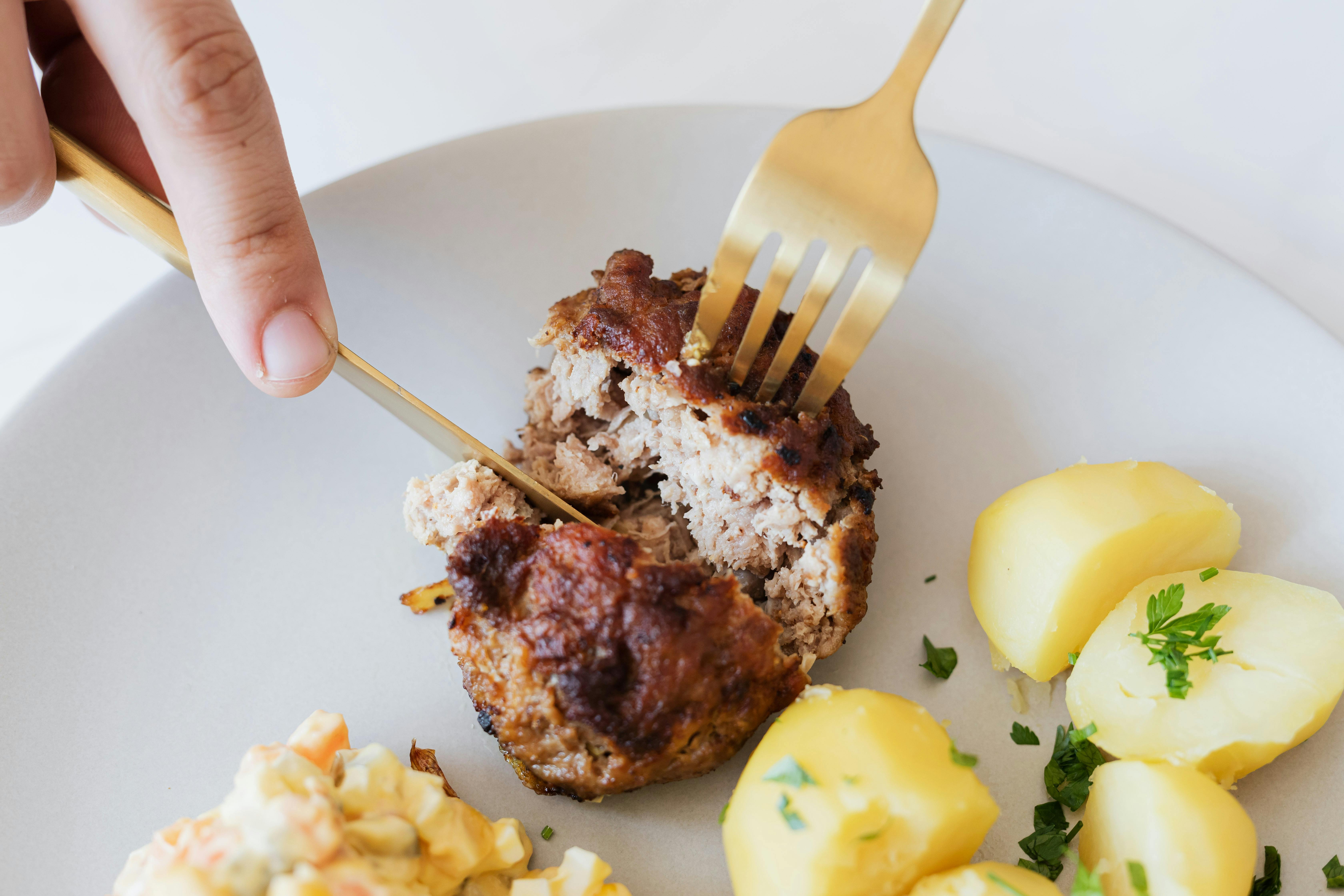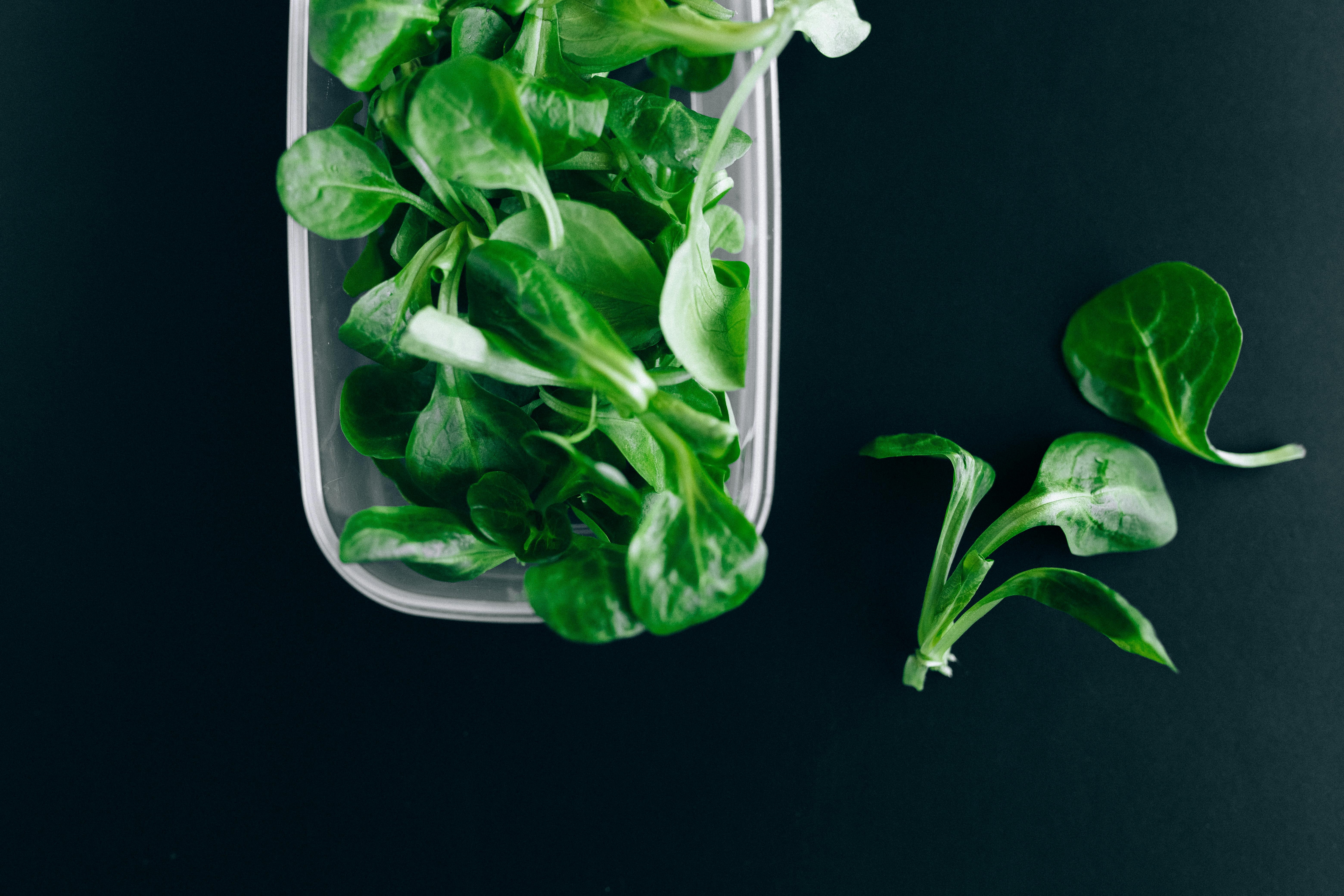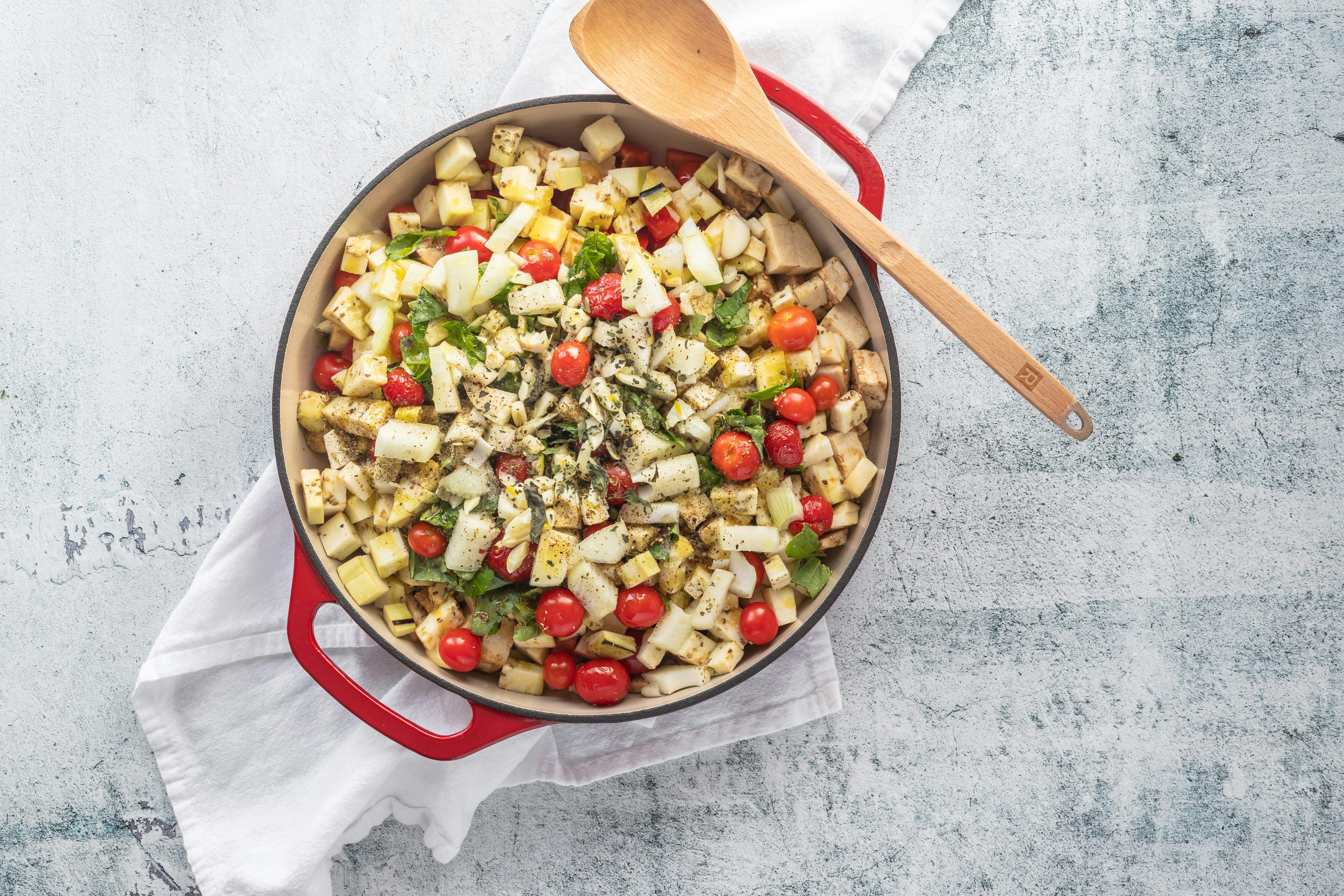You may think that the most used component in the kitchen would be an appliance, but it is actually your kitchen floor. Choosing the right kitchen flooring depends on several factors, all of which need to be taken into account to find the perfect flooring material for your space.
It is advisable to start by answering a few key questions:
How busy is your kitchen? There is a lot of traffic?
How much do you want to spend?
What flooring products are available for kitchens?
What is the durability of each product?
What designs are available? What are the measurements of your floor and how much material will be required?
When designing your kitchen, it’s vital to include appropriate flooring materials that keep durability, style, and resale in mind. Whether you are designing, remodeling or redesigning your kitchen, kitchen flooring research plays a huge role as there are several materials to choose from. Unfortunately, some of today’s most popular flooring products are often overlooked in kitchen design when, in fact, they are also completely practical and beautiful.
bamboo flooring
Beautiful and exotic, this renewable product is very comparable to hardwood in style, feel and strength, making bamboo a fantastic surface to consider in your kitchen.
Cost – In general, the cost of bamboo can range from $3.00 per square meter to $9.00 per square meter. Installation is not included. The production cost is higher compared to engineered and stained bamboo flooring, therefore increasing the cost to the consumer.
Maintenance: Cleaning is relatively simple, requiring light mopping and sweeping. Note that sweeping is very important since these floors can scratch. Dirt, sand, and other granular particles underfoot can be a good opportunity for damage.
Bamboo is an extremely strong and versatile plant that is actually classified as a grass. It grows rapidly where the shoots reach maturity in 5-7 years. At that point, the plant actually benefits from harvesting those shoots.
If you’re concerned about harvesting and its effect on wildlife, pandas actually eat a different variety of bamboo found at a much higher altitude than the bamboo used for flooring products.
cork flooring
This wonderful material does not end with bottle caps. Cork is a fabulous flooring material that even your kitchen will love. The cellular structure of cork is made up of millions of air sacs, which means that 50% of this flooring material is made up of air. Cork is another excellent consideration for your kitchen space.
Cost: Cork tiles and cork planks are reasonably priced starting at $4 for basic tiles, where the price increases with planks and stains.
Maintenance – Depending on the type of finish you have chosen for your floor, maintenance will vary. Wax finishes generally require waxing at least once a year, certainly something to maintain. Polyurethane will scratch if those floors are not swept. So keep those floors clean with a regular sweep and dry mop and the results will be less wear to your finish.
Unlike other natural wood flooring products, cork is obtained from the bark of oak trees generally found in the Mediterranean. The cork oak is remarkable in that its bark can be harvested every 9 years without causing any damage to its existence or that of its environment. The best cork is reserved for our other partner in the kitchen, since our beloved wine bottles need stoppers. Bottle stoppers represent 60% of the cork market, but where there is demand for perfect corks there must be a waist. Cork flooring is made from that unwanted material, making this product another fabulously eco-friendly option for your kitchen flooring.
Cork also has many benefits regarding a healthy environment in any home. Suberin, the naturally occurring, waxy substance found in cork, also plays a role in cork’s resistance to mold and fungus. Cork floors are antimicrobial and have also been shown to be resistant to insects.
Cork’s cellular structure also makes this flooring material an excellent choice for people with back problems or injuries.
linoleum floors
Unfortunately, linoleum seems not to be the product that comes to mind when remodeling or designing a kitchen, as it brings back old memories of sterile hospital and school hallways. There have been so many new and exciting modifications made to the most commonly used flooring materials that linoleum is often overlooked. In fact, this 100-year-old flooring material still has what it takes and is making quite a comeback! This is why!
Cost: linoleum is a rather expensive product. It compares to high-end vinyl and hardwood, typically at $4.00 per square foot and can be much higher. Sheet linoleum also requires professional installation at additional cost. However, its resistance to wear and tear and its life expectancy make this product a leader in profitability.
Creative arrangements and various shades of tiles make linoleum a designer’s dream. Great designs and patterns can be achieved with linoleum where your floors can truly become a custom work of art.
Maintenance: Gently sweeping and mopping makes linoleum extremely easy to clean.
Another area where linoleum excels as a material for your kitchen floor is in the health department. Flaxseed oil is a natural ingredient found in linoleum floors. Its presence allows linoleum to succeed as a naturally antimicrobial floor. As flaxseed oil oxidizes, it prevents bacteria like Salmonella Typhimurium and Staphylococus Aureus from reproducing and multiplying. Other floors receive chemical agents to achieve the same effect; however, these agents will wear off over time. No matter how old the linoleum is or what finish it may receive, this product will always remain antimicrobial. It also repels dust and dirt, which is why this product is commonly used in hospitals and schools.
So when it comes to choosing the right material for your kitchen floor, why limit yourself to traditional options? Research and select the floor that best suits your needs and your style!




